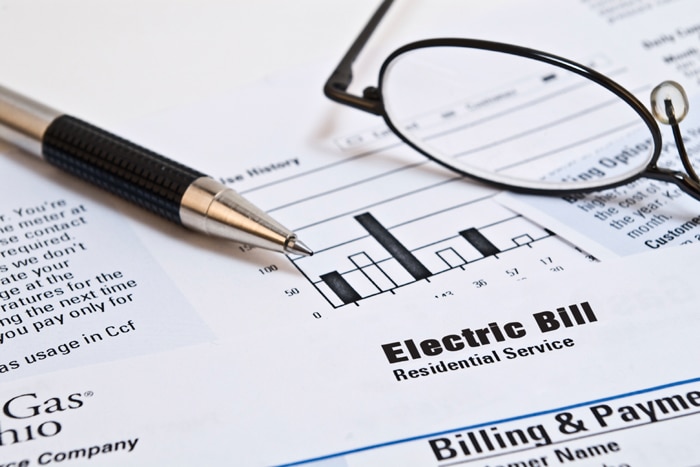How to read your electric bill, why it matters and what you can do to save money!
Learn from our trusted partner Ace Solar on how to read your electric bill and really understand how much electricity you are using.
 I’ve yet to come across a non solar customer who receives their electric bill and is filled with joy. This comes as no surprise, given that electricity rates have risen dramatically over the last decade. What used to be a “nuisance bill” has now become a “how can it be this much” bill. Ouch.
I’ve yet to come across a non solar customer who receives their electric bill and is filled with joy. This comes as no surprise, given that electricity rates have risen dramatically over the last decade. What used to be a “nuisance bill” has now become a “how can it be this much” bill. Ouch.
At ACE Solar we look at lots of electric bills. We have found that it is a good place to start the solar conversation but we’ve also found that almost nobody really understands what they’re looking at! Sure, most homeowners agree that their bill keeps going up but what are all these charges! This blog post will focus on how to read your electric bill.
First off, your bill will show your usage for the previous month. It will start with a basic “customer charge.” This is their charge for just being a customer. It is a fixed monthly fee and is usually around $4-$6. Your actual usage, measured in Kilowatt Hours (kWh), adds to this charge.
We divide your bill into two main sections: supply and delivery.
Supply is the total of the cost associated with generating your electricity. This is the price your utility is charging to produce or procure electricity either with their own power plants or by purchasing electricity from third party vendors. Our region has seen huge price variations on this side due to various factors including fuel constraints, seasonal temperature fluctuations and more. Regardless of how efficient your home is you are at the whim of this charge.
Delivery makes up the other part of your bill and includes:
Distribution:
The cost of bringing the electricity from its source to your home
Transition: Company payments regarding the purchase of wholesale electricity
Transmission: The cost of bringing power from it’s site of production to it’s place of distribution.
For example, if your electricity comes from Canadian hydro, there are delivery costs from the source to your home. That total cost is what the chart above represents. Additionally, many factors influence the final electricity cost and delivery to your home. Winter storms, labor strikes, and Middle Eastern tensions are just a few examples.
Added to this is:
Energy Conservation: The cost of demand side management by your utility and
Renewable Energy Fund: A charge that funds various utility sponsored efficiency programs including Mass Save.
The system calculates your average bill by multiplying your actual usage by various charges. These charges account for the numerous line items that, as a result, make your bill appear overwhelmingly detailed. Unfortunately, these charges also cover many areas where prices frequently change, which can affect your overall bill amount. Often, these price changes can be dramatic; for example, Massachusetts saw a 37% overnight increase just last year.
Electric utilities don’t give you these types of bills to confuse you. Producing electricity is complex, and your bill shows the costs behind it. That can an average homeowner do? GO SOLAR! Going solar, eliminates your utility and puts you in control of your energy future. How cool!
Ask an ACE Solar customer about their electric bill and they’ll say “what electric bill!” ACT NOW! You can also save $3000 on your new roof if you decide to go solar! Now that is something to shout about!!






